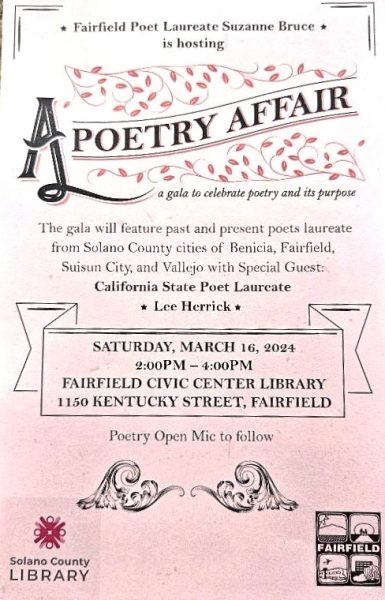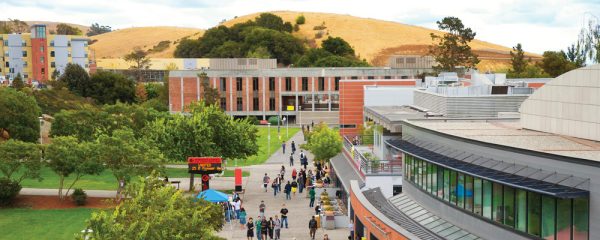Permanent Daylight Saving a Possibility

The Final Spring Forward
Daylight Saving is a biannual occurrence that messes up sleeping schedules, or at least gives people a reason to explain why they are tired at 2 pm. In America, Daylight Saving Time was suggested by Benjamin Franklin as a way to prolong the amount of sunlight in a day, which would help increase farming hours during the autumn months. Since then, it stuck.
Some states near the equator refuse to acknowledge Daylight Savings Time and, as of 2020’s “Spring Forward”, California may be one of those states.
In November 2018, during the midterm elections, California had 11 Propositions to vote on. One of them was Proposition 7, which was determining if California would observe Daylight Savings like the rest of America. 60% of people voted to get rid of it, or, more accurately, to give the California Legislature the ability to change it. Although Californians voted in favor of the bill, it still requires agreement of two-thirds of the California Legislature.
Statistics show that there is an increase in car accidents, heart attacks, and strokes after people lost an hour of sleep. The rational for keeping Daylight Saving Time believe that the time change reduces energy costs and increases work production. On the other side, people who voted against the change focused on how it impacts schools, traffic, and public safety in general. A less notable reason is that it would cause confusion about the different times in Western states.
California is working hard to make it so that federal law grants California permanent Daylight Saving Time. Whether this will or will not improve the state’s functionality will be tested once we Spring Forward for the last time.
Sources:
- Canon, G. (2018, November 09). Permanent daylight saving? California springs ahead with bold initiative. Retrieved from https://www.theguardian.com/us-news/2018/nov/09/california-permanent-daylight-saving-time-vote-prop-7
- Deahl, D. (2018, November 07). California moves toward permanent daylight saving time. Retrieved from https://www.theverge.com/2018/11/7/18071898/california-permanent-daylight-saving-time
- Rationale and original idea. (2008). Retrieved February 27, 2019, from http://www.webexhibits.org/daylightsaving/c.html







